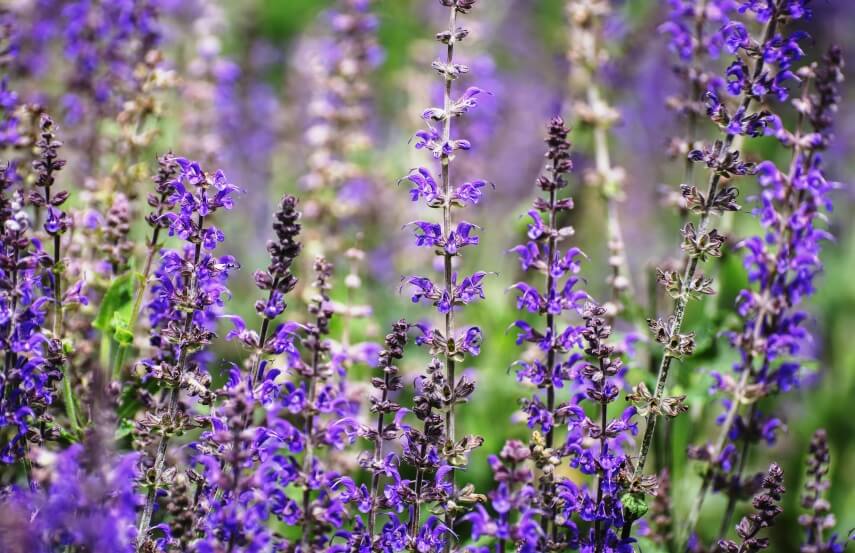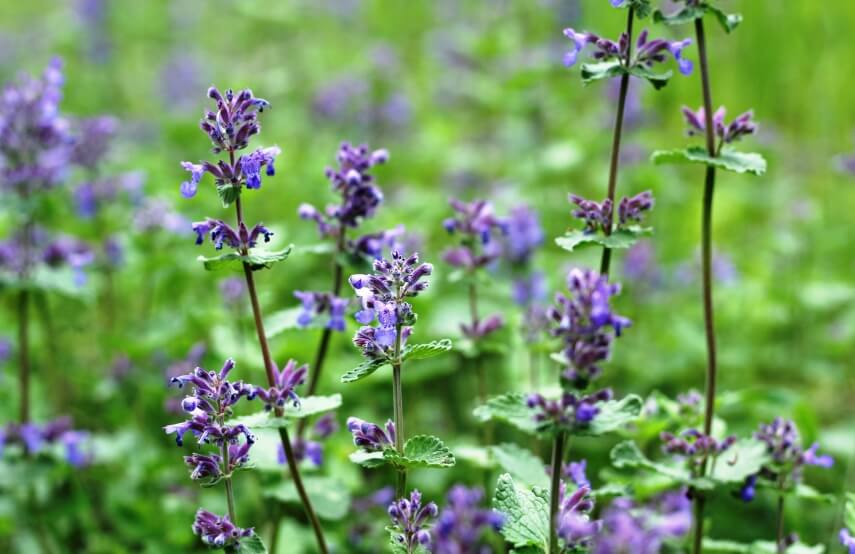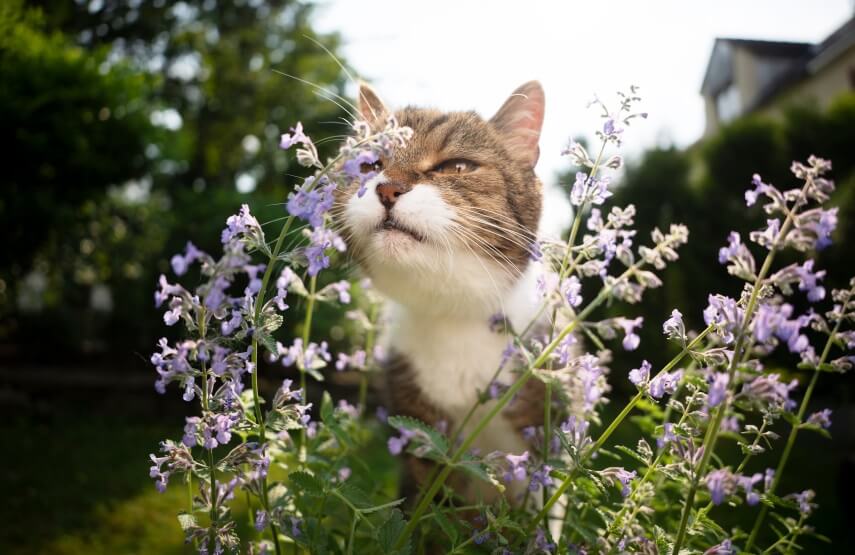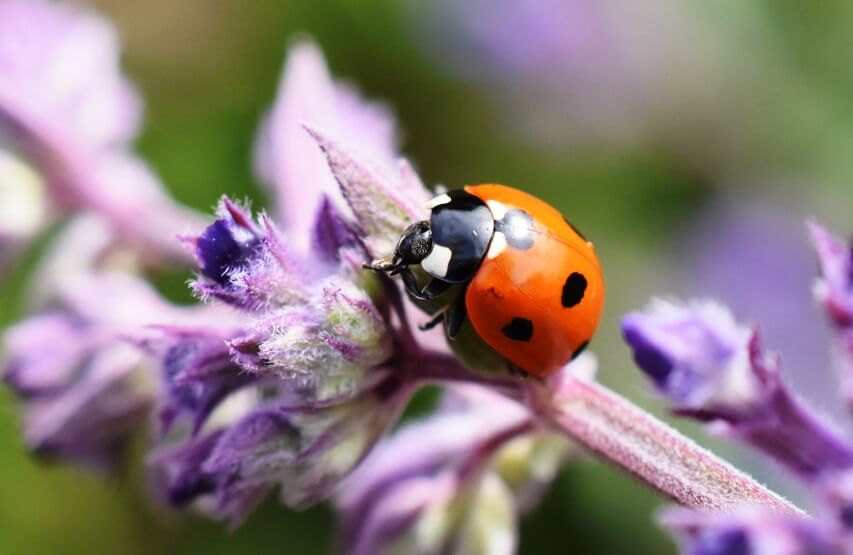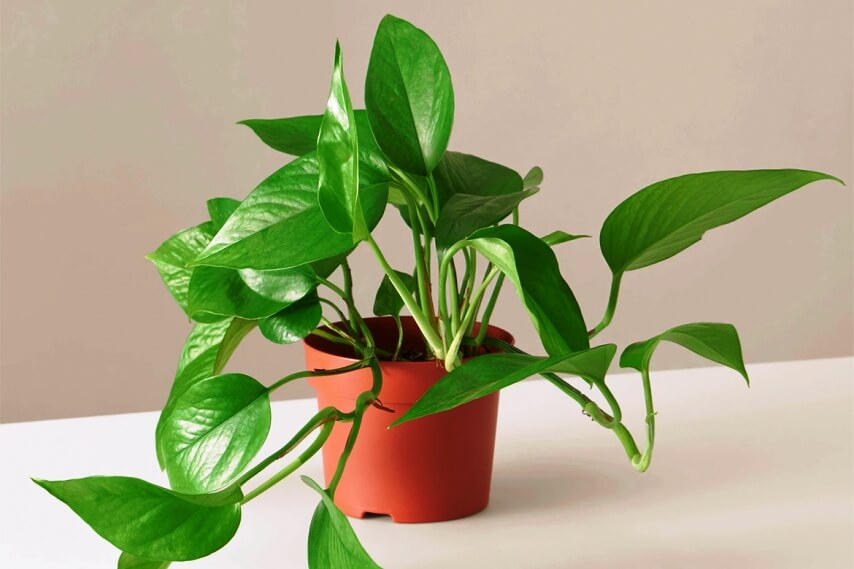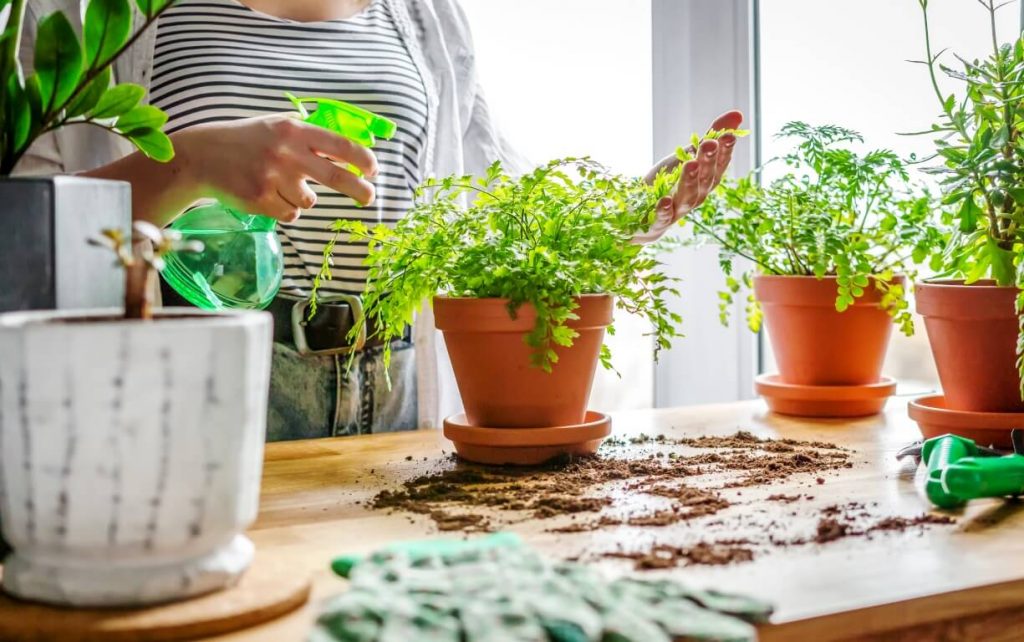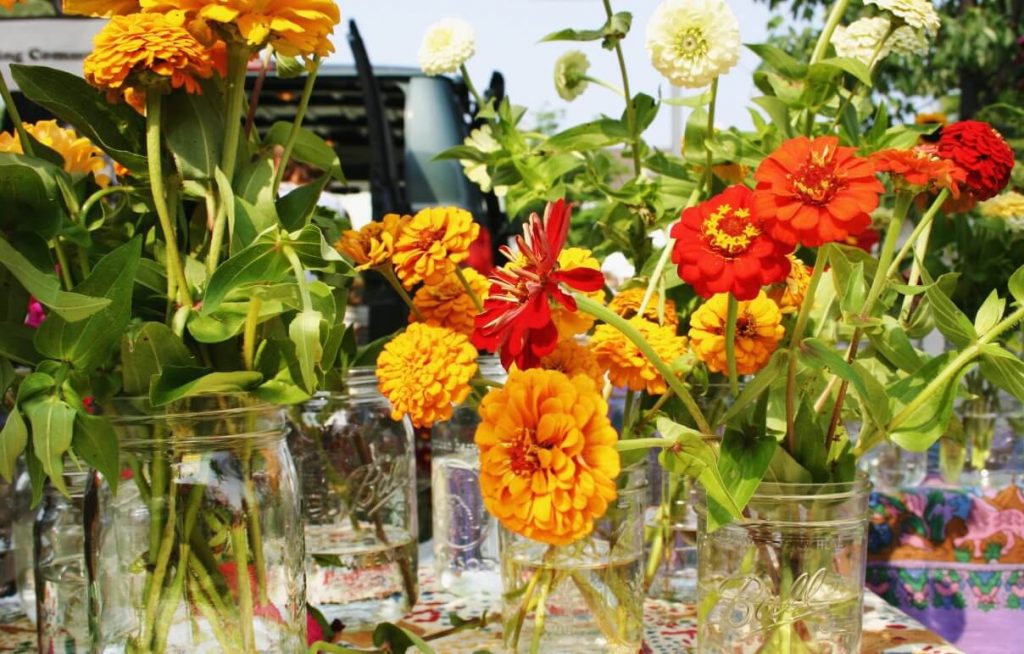Enter the world of catnip, a special herb that not only piques the interest of our feline friends but also offers something intriguing to us. Known by various names like catmint and catswort, catnip is more than just a plant – it’s a fascinating part of nature’s wonders. Originally from Europe and Asia, catnip has spread its aromatic charm across the globe.
This article unfolds the story of catnip, exploring its plant features, its irresistible attraction to cats, its historical journey, and practical tips for growing it. Whether you’re a cat lover, a budding gardener, or simply curious, join us in unraveling the secrets of catnip’s allure and its place in our world.
If you are interested in this topic, you can also read
<<Easter lily Care >> and <<Exacum Affine Care>> articles.
What Is Catnip?
Catnip, scientifically known as Nepeta cataria, belongs to the genus Nepeta within the Lamiaceae family, and it boasts a range of common names such as catnip, catswort, catwort, and catmint. Originating in southern and eastern Europe, the Middle East, Central Asia, and parts of China, this herb has found its way into diverse regions, including northern Europe, New Zealand, and North America, where it has widely naturalized. Catnip’s adaptability and global spread make it a noteworthy member of the plant kingdom, and interestingly, the term “catmint” can be used not just for this specific species but also for the entire Nepeta genus.
Catnip is a plant that grows to about 50–100 cm (20–40 in) in height and width. It looks like other mint plants, with brown-green leaves and a square stem. The leaves are shaped like triangles or ovals, with coarse edges, and the plant produces small, fragrant flowers in pink or white with pale purple spots from late spring to autumn. Catnip is hardy, dying back in winter and regrowing in spring. It can reach up to 3 feet tall and wide under good conditions and often forms groups from its short rhizomes. Besides being visually appealing in gardens, catnip is famous for its special attraction to cats, thanks to certain compounds in its leaves and stems [1, 2].
Nepeta Cataria (Catnip) Overview
| Genus Name | Nepeta Cataria |
| Common Name | Catnip |
| Plant Type | Herb |
| Light | Partial Sun, Full sun |
| Height | 1 to 3 feet |
| Width | 18 to 24 inches |
| Flower Color | Pink, Purple, White |
| Foliage Color | Blue/Green |
| Season Features | Reblooming, Summer Bloom |
| Special Features | Attracts Birds, Low Maintenance |
| Zones | 3, 4, 5, 6, 7, 8, 9 |
| Propagation | Seed, Stem Cuttings |
| Watering Needs | Moderate watering, Drought Tolerant |
How To Grow Catnip Indoors?
Growing Catnip Indoors: A Step-by-Step Guide
Growing catnip indoors is a rewarding experience that provides your cats with a delightful treat. Follow this step-by-step guide to cultivate healthy catnip plants inside your home:
Step 1: Gather Your Supplies
- Seeds or Seedlings: Purchase catnip seeds or seedlings from a reputable source.
- Potting Mix: Choose a well-draining potting mix suitable for herbs.
- Containers: Use small pots or containers with drainage holes.
- Watering Can: Ensure you can water your plants without causing waterlogging.
- Grow Lights: If natural sunlight is insufficient, invest in grow lights to provide adequate light.
Step 2: Planting Catnip Seeds
- Cold Stratification: Place catnip seeds in the freezer overnight, then soak them in water for 12-24 hours. This enhances germination.
- Pot Preparation: Fill small pots with potting mix, leaving about an inch from the rim.
- Sowing Seeds: Sprinkle a few catnip seeds on the soil surface, pressing them lightly into the soil. Lightly cover the seeds with a thin layer of soil.
Step 3: Germination and Early Care
- Moisture: Keep the soil evenly moist until seedlings appear (usually 7 to 14 days after seeding).
- Lighting: Place pots under grow lights or in a sunny window. Catnip requires at least six hours of sunlight per day.
Step 4: Transplanting Seedlings
- Thinning: Once seedlings emerge, thin them to the strongest seedling in each pot.
- Indoor Placement: For ornamental use, consider placing catnip in hanging baskets or using an ornamental bird cage to protect it from roaming cats.
Step 5: Maintenance and Care
- Watering: Check the soil regularly and water when the top inch becomes dry. Avoid overwatering.
- Feeding: Encourage leaf production by using a water-soluble plant food.
- Harvesting: Once catnip grows to 6-8 inches tall, harvest leaves at any time.
Step 6: Additional Tips for Indoor Catnip
- Switching: Grow multiple pots and switch them between indoors and outdoors to provide fresh catnip to your cats.
- Light Requirements: Ensure catnip receives sufficient light; consider moving indoor pots outside periodically.
- Avoid Overcrowding: Place bamboo sticks or thin dowels every 2-3 inches to prevent cats from lying on top of the plant.
Ensuring Safety Indoors
- Protecting from Cats: If your indoor cat tends to be rough on plants, cover each pot with an arch of chicken wire to prevent damage.
- Consideration for Rodent Control: Position catnip near the vegetable garden to attract your cat, helping control the rodent population.
Growing catnip indoors is a delightful endeavor that not only benefits your feline companion but also adds a touch of greenery to your living space. Follow these steps and tips to enjoy healthy and thriving indoor catnip plants.
Extra Tips for Growing and Supporting Catnip Plants
Soil
Catnip thrives in well-drained soil. Soild can contain peat moss or coconut coir, perlite or vermiculite, sterilized compost and sand. A simple recipe for a catnip seed-starting mix could be: 1 part peat moss or coconut coir, 1 part perlite or vermiculite, and 1 part sterilized compost. Mix these components thoroughly to create a well-balanced and lightweight seed-starting mix.
Additionally, it’s a good practice to moisten the mix before sowing seeds. Remember to check the pH of the soil mix. Catnip prefers a slightly alkaline to neutral pH range of 6.1 to 7.8. Adjusting the pH can be done by incorporating lime for more alkalinity or sulfur for more acidity if needed. Providing the right soil conditions will help promote healthy germination and early growth of catnip seedlings.
Sunlight and Temperature
- Catnip loves sunlight; aim for at least six hours per day. In hot climates, consider partial shade in the afternoon.
- Keep the growing temperature between 55°F to 85°F. Adequate air circulation is vital in high-humidity areas.
Watering
- Catnip prefers little water. Allow the soil to dry out between waterings to prevent root rot.
- Be cautious not to overwater, and avoid letting the plant sit in soggy soil.
Fertilization
- While catnip generally doesn’t require much fertilizer, adding compost to the soil at planting provides a nutrient boost.
Pruning and Containment
- Prune catnip to prevent it from spreading too aggressively in your garden or indoor space.
- For bushier growth, cut back stems on young plants.
Pest Prevention
- Catnip is usually pest-resistant, but occasionally check for spider mites on the leaves.
- Protect young plants from cats by placing short bamboo sticks near the stems.
Propagation
- If you want more catnip plants, use stem cuttings for propagation.
- Trim a 4- to 6-inch piece of a stem directly under a leaf node and place it in water or moist soilless potting mix until new leaf growth indicates successful rooting.
Container Growing
- For container-grown catnip, use an 8- to 10-inch container with excellent drainage.
- Add perlite to the potting mix for improved drainage.
- Repot the catnip annually with fresh planting medium to maintain plant health.
Drought Tolerance
- Once established, catnip shows fairly good drought tolerance. Adjust watering accordingly.
Remember, growing catnip is not just about providing a treat for your cat; it’s a delightful addition to your indoor space with potential herbal benefits. Follow the above-mentioned tips to ensure your catnip plants thrive and bring joy to both you and your feline companions [3, 4, 5].


